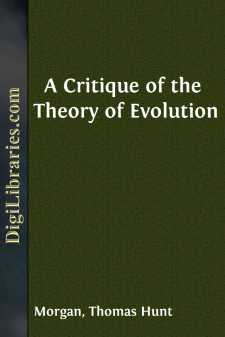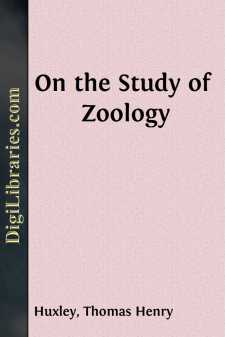Categories
- Antiques & Collectibles 13
- Architecture 36
- Art 48
- Bibles 22
- Biography & Autobiography 814
- Body, Mind & Spirit 145
- Business & Economics 28
- Children's Books 17
- Children's Fiction 14
- Computers 4
- Cooking 94
- Crafts & Hobbies 4
- Drama 346
- Education 56
- Family & Relationships 59
- Fiction 11833
- Foreign Language Study 3
- Games 19
- Gardening 17
- Health & Fitness 34
- History 1378
- House & Home 1
- Humor 147
- Juvenile Fiction 1873
- Juvenile Nonfiction 202
- Language Arts & Disciplines 89
- Law 16
- Literary Collections 686
- Literary Criticism 179
- Mathematics 13
- Medical 41
- Music 40
- Nature 179
- Non-Classifiable 1768
- Performing Arts 7
- Periodicals 1453
- Philosophy 66
- Photography 2
- Poetry 897
- Political Science 203
- Psychology 45
- Reference 154
- Religion 516
- Science 126
- Self-Help 85
- Social Science 82
- Sports & Recreation 34
- Study Aids 3
- Technology & Engineering 59
- Transportation 23
- Travel 463
- True Crime 29
Our website is made possible by displaying online advertisements to our visitors.
Please consider supporting us by disabling your ad blocker.
A Critique of the Theory of Evolution
Description:
Excerpt
CHAPTER I
A REVALUATION OF THE EVIDENCE ON WHICH THE THEORY OF EVOLUTION WAS BASED
We use the word evolution in many ways—to include many different kinds of changes. There is hardly any other scientific term that is used so carelessly—to imply so much, to mean so little.
Three Kinds of Evolution
We speak of the evolution of the stars, of the evolution of the horse, of the evolution of the steam engine, as though they were all part of the same process. What have they in common? Only this, that each concerns itself with the history of something. When the astronomer thinks of the evolution of the earth, the moon, the sun and the stars, he has a picture of diffuse matter that has slowly condensed. With condensation came heat; with heat, action and reaction within the mass until the chemical substances that we know today were produced. This is the nebular hypothesis of the astronomer. The astronomer explains, or tries to explain, how this evolution took place, by an appeal to the physical processes that have been worked out in the laboratory, processes which he thinks have existed through all the eons during which this evolution was going on and which were its immediate causes.
When the biologist thinks of the evolution of animals and plants, a different picture presents itself. He thinks of series of animals that have lived in the past, whose bones (fig. 1) and shells have been preserved in the rocks. He thinks of these animals as having in the past given birth, through an unbroken succession of individuals, to the living inhabitants of the earth today. He thinks that the old, simpler types of the past have in part changed over into the more complex forms of today.
He is thinking as the historian thinks, but he sometimes gets confused and thinks that he is explaining evolution when he is only describing it.
Fig. 1. A series of skulls and feet. Eohippus, Mesohippus, Meryhippus, Hipparion and Equus. (American Museum of Natural History. After Matthews.)
A third kind of evolution is one for which man himself is responsible, in the sense that he has brought it about, often with a definite end in view.
His mind has worked slowly from stage to stage. We can often trace the history of the stages through which his psychic processes have passed. The evolution of the steam-boat, the steam engine, paintings, clothing, instruments of agriculture, of manufacture, or of warfare (fig. 2) illustrates the history of human progress. There is an obvious and striking similarity between the evolution of man's inventions and the evolution of the shells of molluscs and of the bones of mammals, yet in neither case does a knowledge of the order in which these things arose explain them. If we appeal to the psychologist he will probably tell us that human inventions are either the result of happy accidents, that have led to an unforeseen, but discovered use; or else the use of the invention was foreseen. It is to the latter process more especially that the idea of purpose is applied....












